6. The Wicker Man (1973) – Robin Hardy
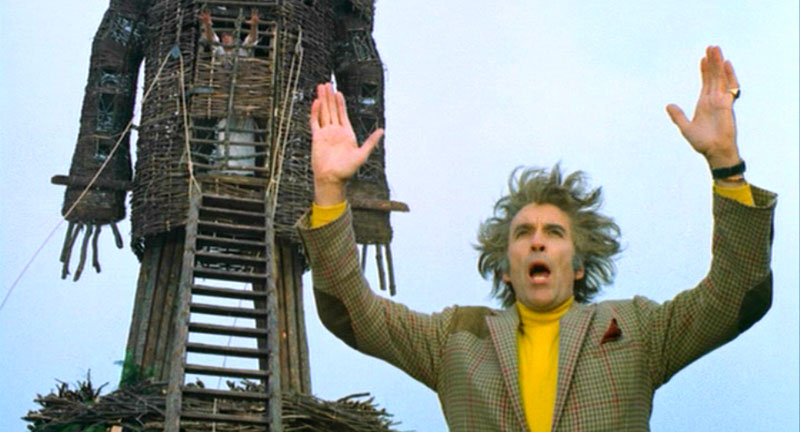
A film that leads to its horrifying climax and simply lingers on the sun after we experienced a heavy act of sacrifice. In Hardy’s film, which Christopher Lee considered the best film he was in, Edward Woodward plays a detective investigating the disappearance of a young girl.
As the film approaches the end on the isle’s highest peak, we realize that Woodward’s detective is meant to be a sacrifice as he came to the island on his own free will, representing the law, is a virgin, and is a fool. All of the elements of the narrative and the island’s people start to make some sense in an unsettling way. As the third act proceeds, we start to realize it is not going to have a happy ending for our protagonist, and we must simply watch the end burn, literally and figuratively into our brains.
What makes Hardy’s third act so endearing is the philosophical and religious themes it resonates. This was a deeply thought-out film that managed to be a psychological horror film at the same time. This is why the third act is so important, because it culminates everything it laid out and allowed for our own imaginations and interpretations to play a role in the storytelling as well, even though it makes us feel unsettled, much like its final frames.
7. Seven (1995) – David Fincher
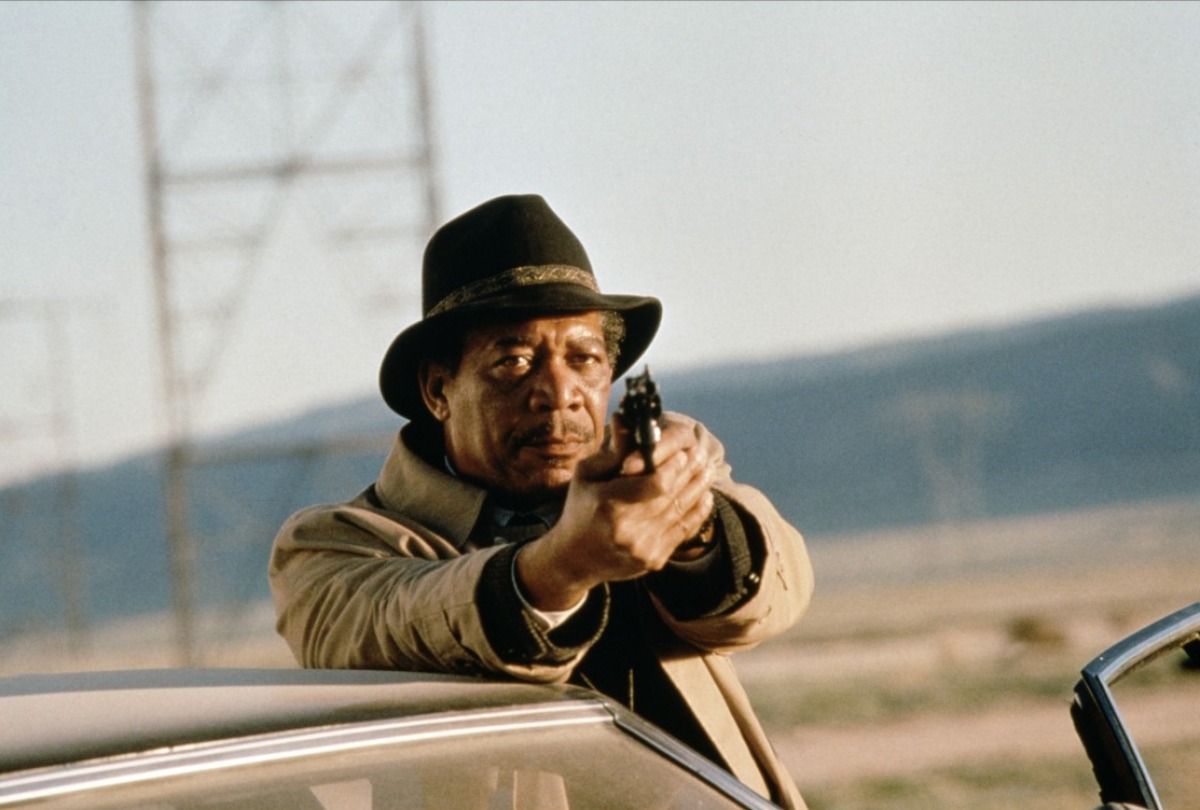
When Fincher read the earliest draft of Andrew Kevin Walker’s script and saw that the killer John Doe turns himself in with still a third of the script remaining, he knew it was special. It is hard to criticize the film, and by no means does the third act spoil anything; it only strengthens its premises and allows the viewer to enter into the deadly world.
The question at hand is, does Brad Pitt’s Detective David Mills kill Kevin Spacey’s John Doe and commit the final act of wrath? After a long intense cat-and-mouse game in the film with six murders piling up, we finally arrive at the end. Here, the film comes full circle and allows the third act to shine in a nearly flawless neo-noir thriller. With the question raised and final act committed, Doe is the ultimate winner in a bleak ending. However, let’s not ignore the fact that the killer revealed himself and was an active on-screen presence for the entire third act of the film.
Critics disliked the “What’s in the box!?” scene, but that’s what makes this third act so unique; everything comes together, but allows for the final question and act to be answered and committed. Unfortunately, only human nature is present and logical in the end.
8. The World’s End (2013) – Edgar Wright
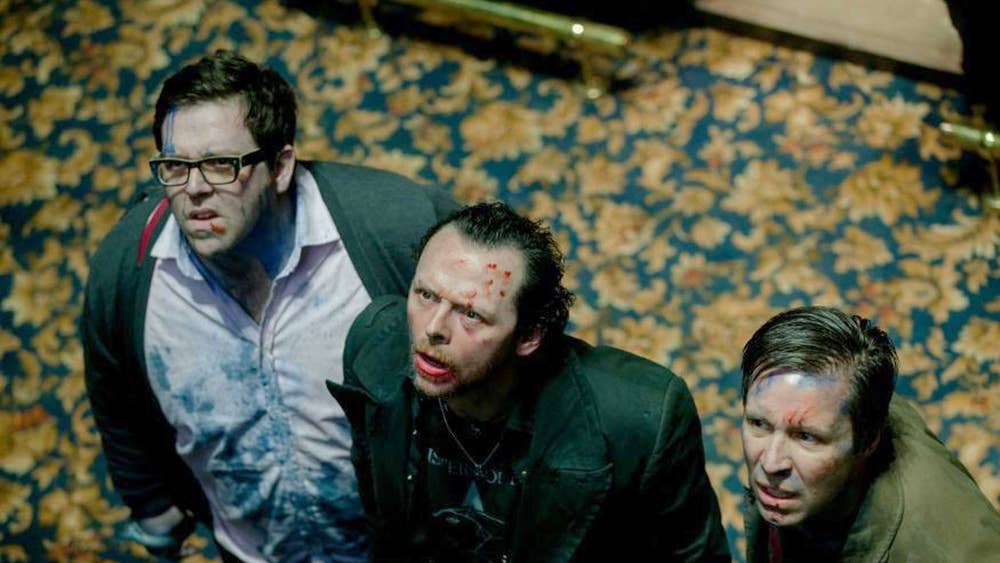
Rounding out the end of the Three Flavors Cornetto trilogy, Wright re-teamed with Simon Pegg and Nick Frost for a buddy film that devolves into science fiction. As the comedic film delivers nonstop laughs and we start to sense an outer-worldly present, we certainly get that in the last act of the film.
After an epic pub crawl and the reveal that the town was overtaken by aliens years ago in their previous attempt, the film goes full science fiction. We enter a hidden chamber and hear the voice of Bill Nighy. We aren’t so thrown off at this point, but from the marketing and trailer of the film, one never would have guessed it was going in this direction. Oddly enough, it does work and even as the film goes into full apocalyptic mode, we never shy away from the central characters.
As the film is consistently enjoyable, it certainly makes more sense on subsequent viewings. Even if one is not into the third act, it does make sense just as “Alabama Song” plays out with the strange town folk. And hell, even Wright tells us in the title that we are in for the end of all pub crawls and the world.
9. Inglourious Basterds (2009) – Quentin Tarantino
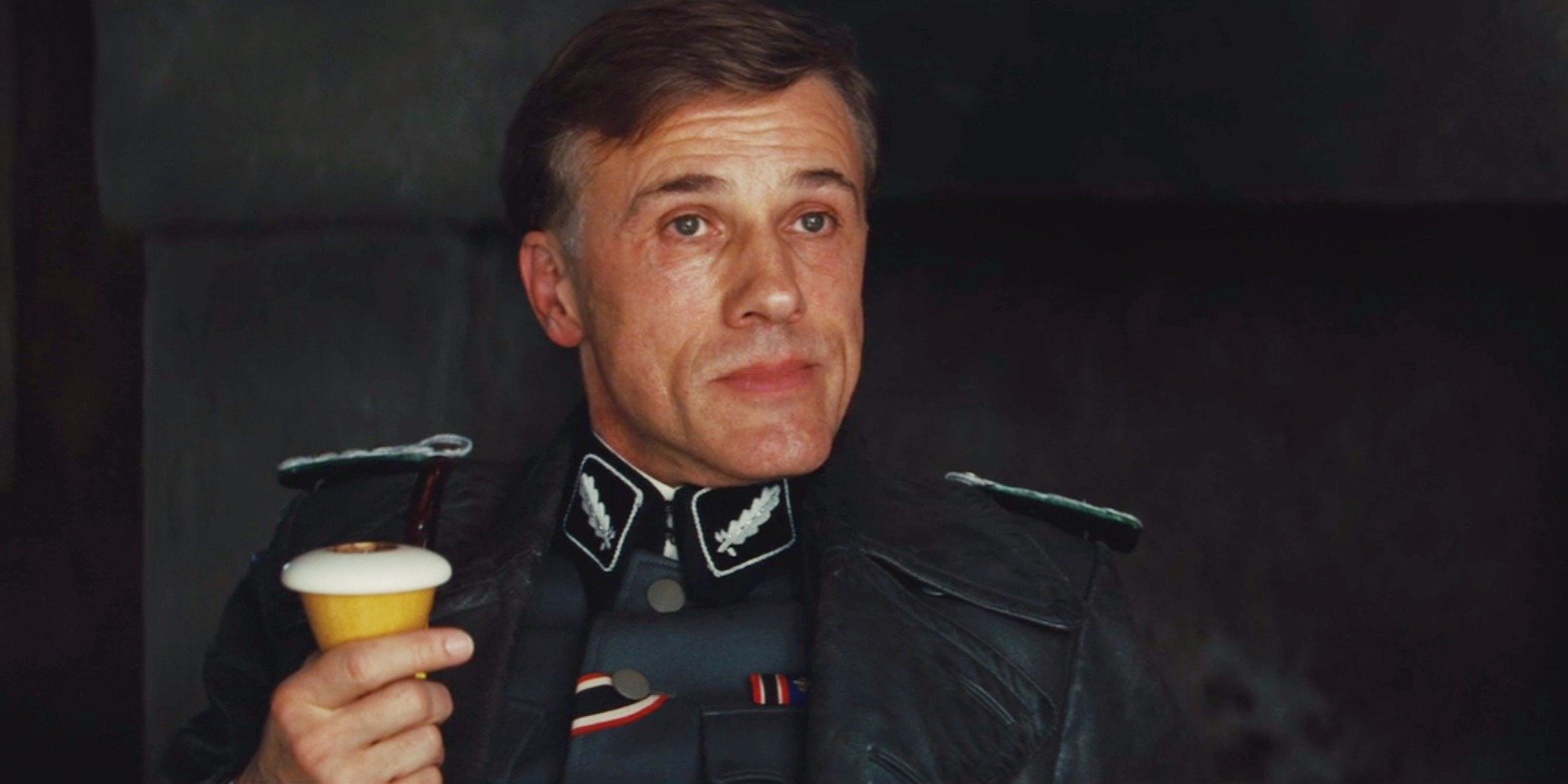
The man-on-a-mission Spaghetti Western that Tarantino always said he was going to make. The film is in five chapters, much like his other films, but when we arrive at “Chapter 5: Revenge of the Giant Face,” we are in for a whole new ride.
The most obvious case of this third act, or fifth for the filmmaker in this film, is the rewriting of history. We all know Hitler died on April 30, 1945, so we didn’t expect him to be shot to death and eventually blown up by Eli Roth’s character, as well as from the bomb planted by Christoph Waltz’s Hans Landa, one of his most trusted SS officers. It’s a bonkers ending because we realize that the main villain or antagonist, or simply just a superb character by Waltz, betrays his Nazi ideals for his place on Nantucket Island and a basically a get-out-of-jail-free card from the United States.
Therefore, with the historical rewriting and character twist, we truly need to rewatch everything that occurred in Chapter 5. Regardless, it’s a ride we consistently enjoy and only expect in the last acts in Tarantino’s reservoir. But in this case, it might just be the most memorable or ‘just his masterpiece.’ Cue credits.
10. Adaptation (2002) – Spike Jonze
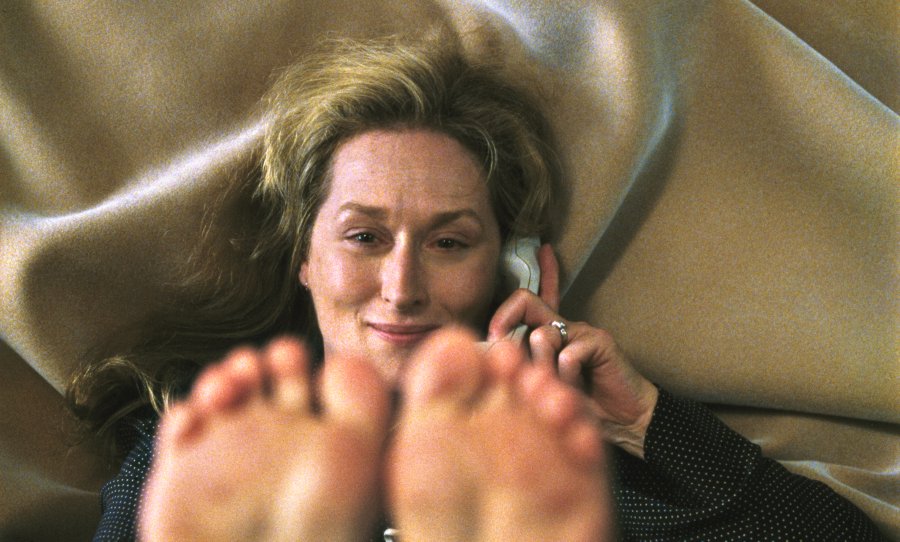
After Charlie and Donald Kaufman, the real-life Charlie Kaufman and his fictional twin, state they want to avoid Hollywood cliches, shootouts, and heroes overcoming obstacles and succeeding in the end, that what we get, but in a much more layered way.
The film is truly unique and expands on the relationship between Kaufman and Jonze. As the third act begins and we find Nicolas Cage’s Charlie and Donald in the Florida swamps, we realize the magic of this film and particularly its screenwriting. One could dislike how the film was wrapped up neatly to involve death, shootouts, and conventional storytelling, away from the art house abstraction the film began with, but how could it have ended any other way?
This film bled from the mind of Kaufman and literally had to kill his darlings for his adaptation of “The Orchid Thief.” He had to adapt to his failed adaptation, adapting his alter ego, and overall own adaptation of his story and book. Sound confusing? It truly is something to behold for the film, and so much and so little happens in the third act that it was the only way to end this film. It shows us that even the most ambitious beginnings are still grounded in a three-act structure.